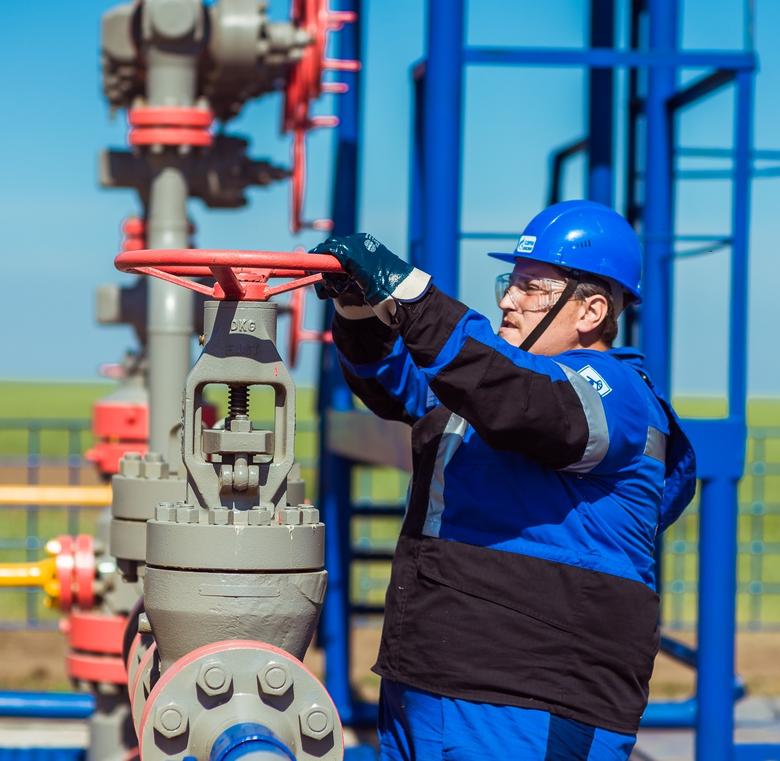
RUSSIA & CHINA: TO 100 BLN

The negotiations were held with Zhang Gaoli, First Vice Premier of the People's Republic of China and Wang Yilin, new Head and Chairman of the Board of Directors of China National Petroleum Corporation (CNPC).
The focus of the talks fell on the progress with the Power of Siberia project and the construction launch of the Chinese section.
As for Power of Siberia and the relevant construction in Russia, the project is advancing in strict compliance with the schedule. Together with Chinese partners we thrashed out all the issues related to bringing our activities into step with those at the Chinese section. The Chinese party will start the construction in late June and that is when the pipeline commissioning ceremony will take place.
During the talks we also addressed many issues which are purely technical, but very important whatsoever. They concern the cross-border section of the Power of Siberia gas pipeline on the border between Russia and China. In particular, those are the issues of designing, constructing and operating the cross-border section in addition to communications, measurements, and emergencies. That is, the activities on the eastern route are carried out according to the initial plan, there are no changes or deviations from the timeline.
The negotiations also touched upon the pre-contract activities on the western route. The parties outlined the schedule and expressed their willingness to speed up the project preparation activities.
On May 8 within the celebrations of the 70th Anniversary of the Victory and the visit of the Chinese leader, a milestone document was signed – the Heads of Agreement for gas supply to China via the western route. The document outlines the basic articles and provisions of the future contract. First of all, they concern volumes and timeframes. The volume is 30 billion cubic meters of gas to be supplied within 30 years. Then, of course, the technical parameters of gas supply were defined as well as a number of specifications. Daily contract volumes and minimum annual contract volumes were set out. But the most important thing is that this document identifies the gas receiving point on the border between Russia and China – the Kanas Pass; the coordinates of the gas delivery point were chosen as well. It is vitally important, because a new export gas corridor across Russia was nearly approved for supplying 30 billion cubic meters of gas to China. We regard it as the first phase, the first string, as presently it is being discussed that in the near future the volume of gas supply via the western route might be boosted to 60 and to 100 billion cubic meters of gas a year.
The issue of the contract currency is presently in dispute. The line hasn't been drawn yet. We still have time to agree on this issue. But we are considering the possibility of paying for supplies both in yuans and rubles.
gazprom.com



